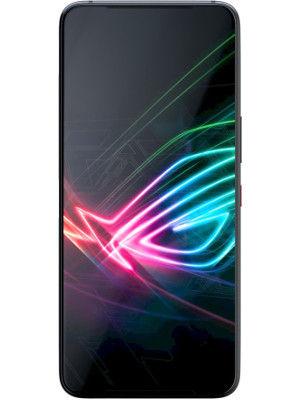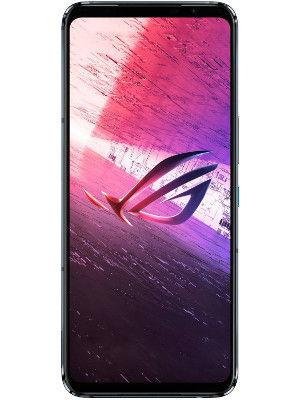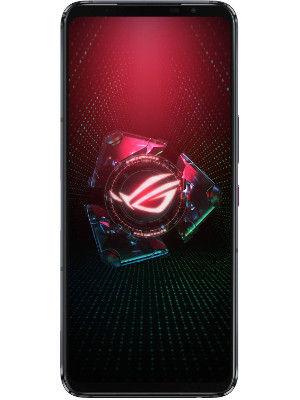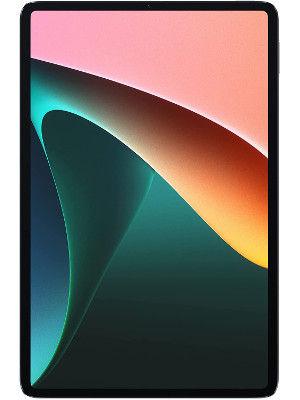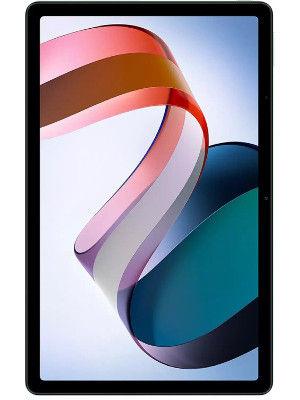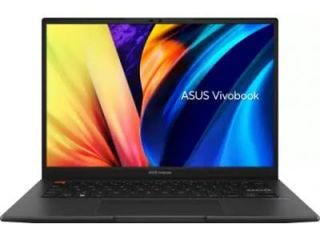Asus Zenfone Max Pro M1 review: Doesn’t outclass Xiaomi Redmi Note 5 despite 5,000mAh battery
Asus Zenfone Max Prom m1 boasts a 5,000mAh battery. But is it enough to beat the budget dominator, Redmi Note 5? Find out in our detailed review.
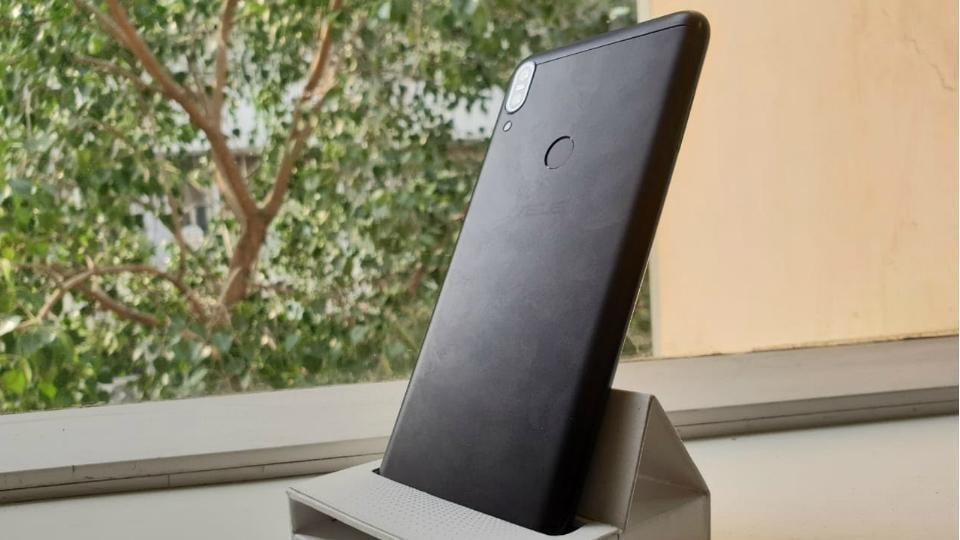
Asus launched Zenfone Max Pro M1 in India in April. The phone is part of Asus' long-term partnership with Flipkart wherein the smartphone company will be launching multiple phones exclusively on the e-commerce platform. Zenfone Max Pro M1, the first phone under the partnership, is aimed at budget category, and takes on Xiaomi's Redmi Note 5 and other popular under ₹15,000 Android phones.
Asus Zenfone Max Pro M1 is priced at ₹10,999 for the base model with 3GB RAM plus 32GB storage. The other model with 4GB RAM and 64GB storage retails at ₹12,999. Xiaomi Redmi Note 5 also comes with similar models, but costs ₹1,000 lesser than Max Pro M1's.
From affordable price tag to mid-range specifications along with 5,000mAh battery, Zenfone Max Pro M1 ticks all the boxes for a value-for-money budget smartphone. But is it better than Xiaomi Redmi Note 5? We have been using Zenfone Max Pro M1 for quite some time and here are our key takeaways.
What we liked
Without a doubt, the highlight of Zenfone Max Pro M1 is the 5,000mAh battery. True to Asus claims, Zenfone Max Pro M1 does deliver battery life for more than a day. On moderate to light usage, the phone delivered one and half day of backup without requiring to plug in the charger. Our usage included regular activities such as voice calls, extensive instant messaging, and frequent use of applications such as Instagram, Facebook, Twitter, Google Maps, among others.
There's also a power saving mode, which comes in handy when there's 10 to 15% of battery left. The mode optimises the app refreshes and background apps to increase the battery life.
Generally, I had no qualms about the battery life of the phone except for a few occasions where the battery drained a bit faster than usual when playing video games. I noticed this when playing graphic-intensive game like played Players Underground Battle.
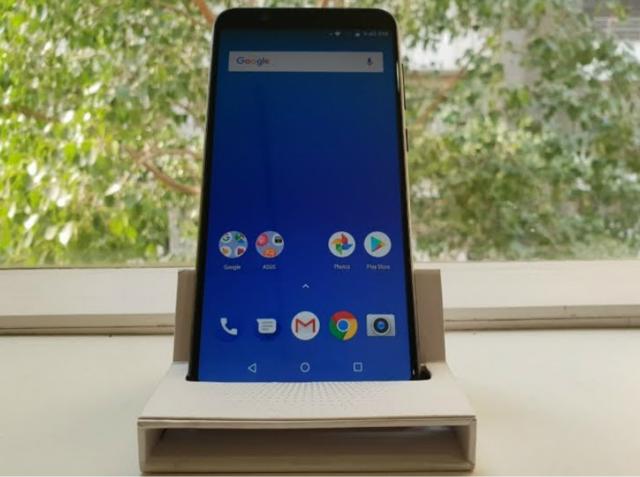

Talking about the gaming, the graphics on 5.99-inch full HD+ display seemed quite impressive. Also, we didn't encounter any lag while playing these graphic-intensive games. The overall performance of the phone in terms of user interface, multi-tasking and other basic activity is pretty satisfactory. Zenfone Max Pro M1 is powered by Qualcomm's Snapdragon 636 octa-core processor.
Another big highlight of Asus Zenfone Max Pro M1 is the stock Android - a stark contrast from other Asus phones that run on custom ZenUI. Zenfone Max Pro M1 runs on Android 8.0 Oreo out-of-the-box and is scheduled to receive Google's latest Android P. It will also be eligible for Google's 2019 iteration of Android. Although I don't mind using a well-optimised custom ROM, but I reckon a lot of people like stock and bloatware-free Android experience. For instance, Xiaomi Mi A1, based on Google's Android One platform, is quite successful.
Asus Zenfone Max Pro M1 also joins the growing list of budget Android phones to sport a dual-camera setup. This consists of a 13-megapixel sensor and a 5-megapixel sensor. The secondary sensor is for adding depth to the images, to achieve DSLR-like bokeh effect. The rear camera is pretty fine if not extraordinary. It delivers satisfactory results in well-lit scenarios, with appropriate colour reproduction for the most part. There's a bit of noise during the low light, but that's the case with the most of phones in this category.
What we didn't like
Asus Zenfone Max Pro M1 isn't without imperfections. While 5,000mAh battery is the USP, it also makes the phone little bulky. It takes a bit of time to get used to this weight considering most of the phones are pretty lightweight. Unfortunately, I didn't really get used to the bulky form factor of the phone. In comparison, Smartron t phone P which also has a 5,000mAh battery but isn't as heavy as this one.
Another major issue with Zenfone Max Pro M1 is the shoddy biometric authentication sensor. This is quite surprising because most of the phones get this bit right on their phones. During our usage, we came across some serious lags when unlocking the phone through the fingerprint sensor. The company recently rolled out a software update to the phone, but the experience with the fingerprint didn't improve much. ALSO READ: Xiaomi Redmi Note 5 review: A well-packaged smartphone
It also has Face Unlock, another popular trend in the phone industry. The Face Unlock works pretty smooth in good light conditions but lags on odd angles and low-light conditions. As expected, Face Unlock isn't as advanced as you'll get on a premium phone say, iPhone X. The facial recognition feature anyway is there just for convenience, but don't consider it as advanced and secure as on other premium and mid-range Android phones. Some popular budget phones with Face Unlock are Redmi Note 5 and Oppo A83. ALSO READ: Oppo A83 review: A budget smartphone aimed at selfie enthusiasts
We were also disappointed by with 8-megapixel selfie camera was, The custom camera app interface is itself visually not appealing. The front camera also comes with the depth effect which blurs the background while focusing on the subject. It was consistent, but only with high noise levels and focusing on the wrong subjects with the bokeh mode turned on. This feature doesn't work all too well on the smartphone and can be avoided altogether.
Asus provides a 'MaxBox' for free which is a small cardboard amplifier. You place the smartphone on the MaxBox and the audio on the smartphone increases by a little bit. There isn't any major difference though with the MaxBox.
Verdict
Clearly, the highlights of Asus Zenfone Max Pro M1 are big 5,000mAh battery and stock Android experience. But it has own demerits and grapples with some major issues. If you just want to buy a phone for a high battery life, Zenfone Max Pro M1 is worth considering. But if you're looking for a well-packaged phone, Redmi Note 5 and Note 5 Pro are worth considering. Only thing you will miss out on is a bigger battery, but Redmi Note 5 phones aren't slouch in terms of battery life either.
Catch all the Latest Tech News, Mobile News, Laptop News, Gaming news, Wearables News , How To News, also keep up with us on Whatsapp channel,Twitter, Facebook, Google News, and Instagram. For our latest videos, subscribe to our YouTube channel.


